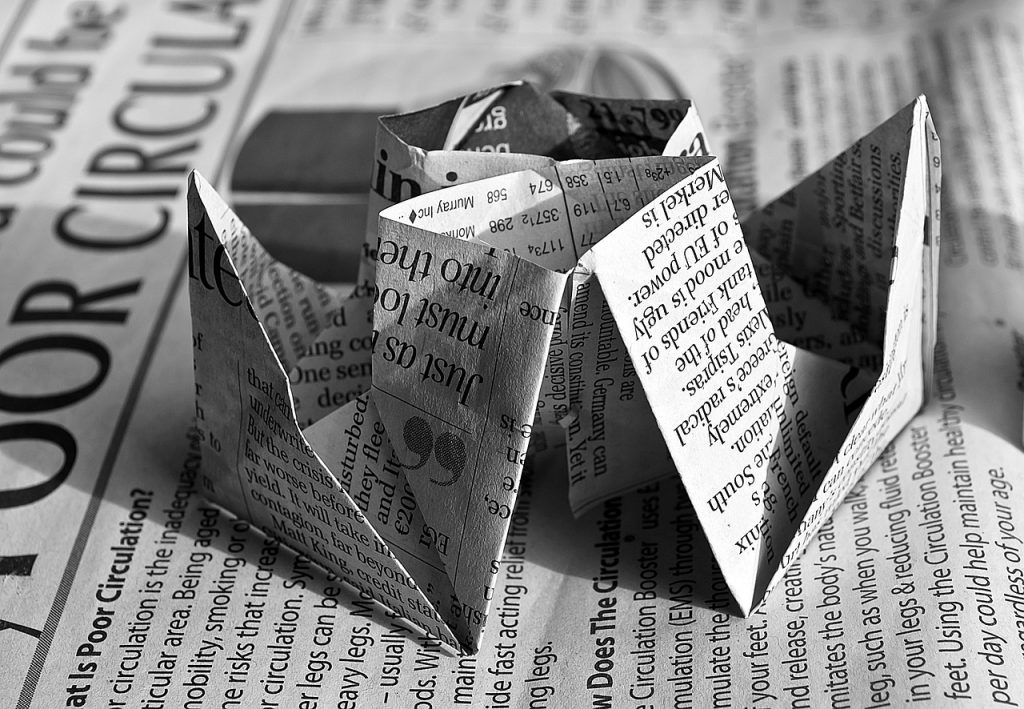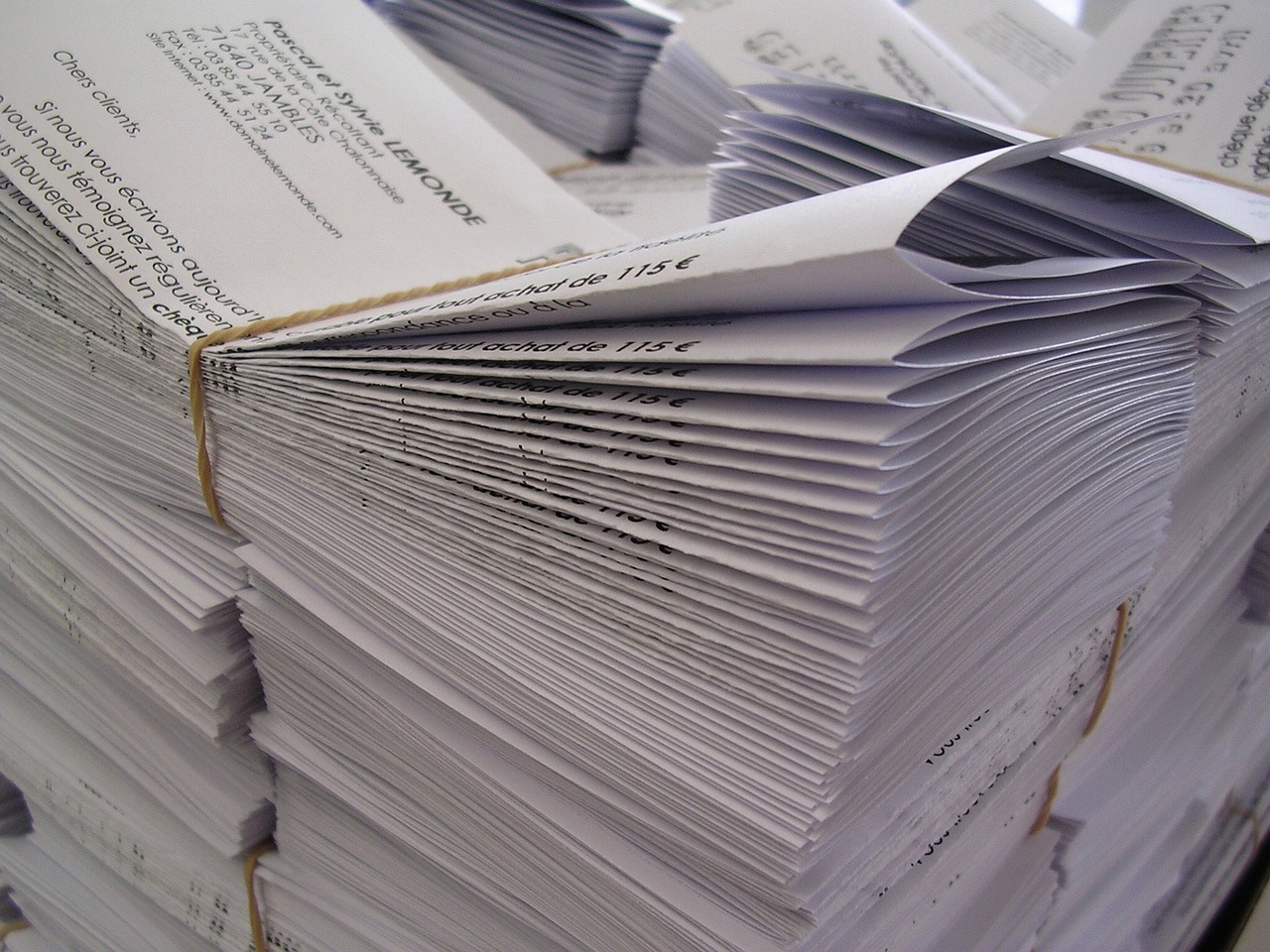Paper is one of the materials most commonly recycled in the home, with many households now having a bin just for paper and cardboard waste – but how important is this for the environment?
Whereas metals and glass can often be recycled over and over without any degradation in quality, the same is unfortunately not true of paper.
Each time the paper is pulped and processed for fresh use, the fibres within it get a little shorter, and eventually it is no longer suitable to be recycled again.
So how do you know if, for example, your daily newspaper contains recyclable paper, or if it has already been recycled as many times as it realistically can be?
The answer is that you don’t need to know – just put it into your recycling bin when you’re finished with it, and let the recycling plant worry about the rest.
When it is recycled, your newspaper (or old greetings card, telephone directory etc) will be pulped into fibres, and any of these fibres that have become too short to be used in a good-quality new sheet of paper will be removed.
It’s that simple: you don’t have to worry about it; the end result is still good-quality paper; and the removed fibres can be used in other applications, such as reconditioning soil or generating energy.
Having said that, only about two thirds of the paper used in the UK each year makes it to a recycling bin, so we can all do more to make sure we put our paper waste into a suitable container for collection.

If you have a bin provided by your local council especially for this purpose, check that you are putting the right kinds of paper waste into it; for example, don’t throw away glossy magazines or envelopes with windows or bubble wrap inside them, if the council has specifically told you not to.
You might think you are doing the right thing by putting as much as you can into your recycling bin, rather than into general waste, but ultimately these unwelcome contaminants can be missed in the processing of the material, and may reduce the quality of the finished product.
This can shorten its recyclable lifespan or even make it totally unusable, with economic implications as a lower-grade recycled paper cannot be sold on for as much money.
Some contaminants are inevitable, such as fragments of sticky tape, staples, and so on – although again, you should remove tape and paper clips if it is reasonably easy for you to do so.
During recycling, chemicals including hydrogen peroxide and caustic soda are added to the paper while it is pulped, helping to break down the fibres and release these contaminants.
The fibres are then passed through a screening process to remove as much as possible of this contaminating material – maximising the quality of the finished product, and ensuring that the paper produced has as high a proportion of good-quality fibres as possible, which ultimately means it should be able to be recycled again once it has been used.

